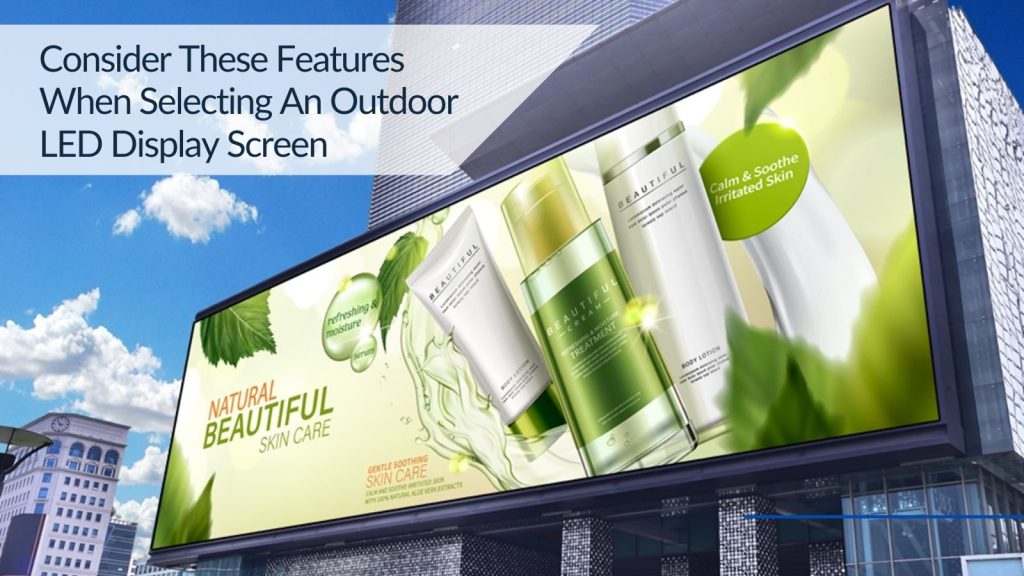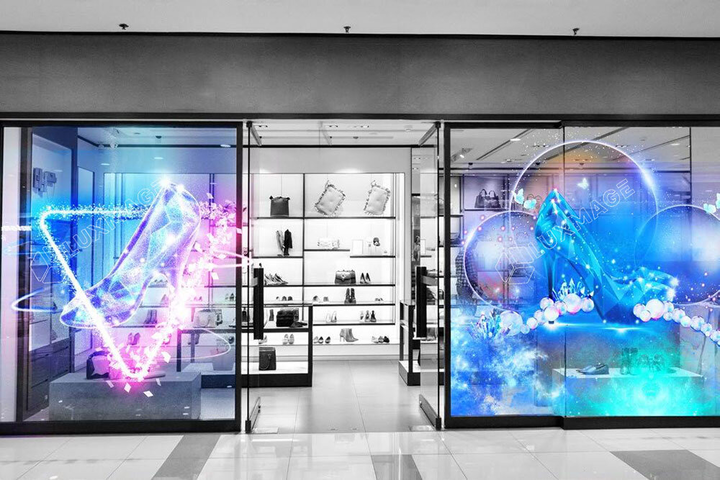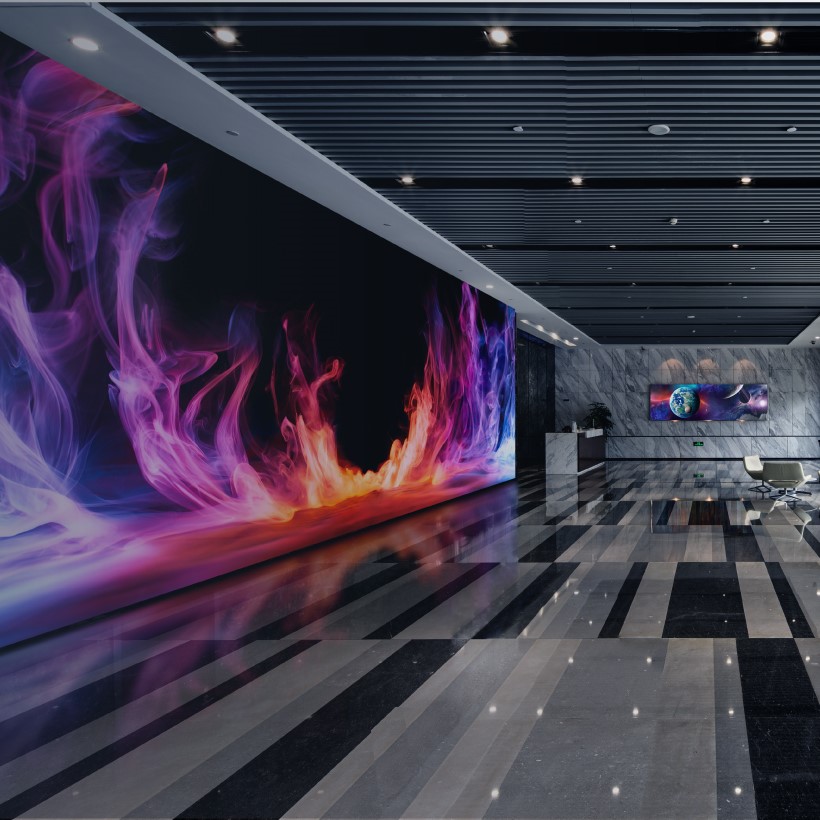Great Facts For Choosing Quality Rental Led Display
Great Facts For Choosing Quality Rental Led Display
Blog Article
When Looking At Displays With Leds, How Important Is Brightness And Contrast Ratio?
The contrast and brightness ratios should be taken into consideration when evaluating LED display. These aspects have a large impact on visibility, clarity and overall quality of display, particularly in various lighting conditions. What are the reasons they are so crucial?
1. The visibility of different lighting conditions
The brightness is measured by the number of nits or candelas/square meter. It determines whether the display will be visible in different lighting situations. Outdoor displays must have a high level of brightness, which is typically between 5,000 and 10,000 nits. Indoor displays require less brightness (usually 500-1,500 nits). However the brightness can be altered to accommodate different environments.
Applications: A high brightness is crucial if you are planning to use the display in brightly lit environments or outdoors. Insufficient brightness can cause the display to be ineffective because the display's content might be smudged or rendered ineffective in direct sunlight.
2. Image clarity and Image quality
Contrast ratio The contrast is the variation in brightness between brightest white and the darkest black. A greater contrast ratio improves the sharpness and clarity, and makes colors more vibrant. This is especially important when displaying content that is dynamic such as videos or images that are high-contrast.
Displays with high contrast ratios can handle content that has different brightness levels. This includes movies advertisements, movies, and live broadcasts. Low contrast displays, for instance, can cause dark areas to appear gray and reduce the impact of images.
3. Color Accuracy and Visual Impact
Brightness and color accuracy Brightness of a display can also affect color accuracy. A display with the proper brightness will reproduce colors better, which is essential in branding, advertising or any content that depends on the quality of colors.
High contrast increases the brightness of LCD displays. If two screens sport the same nit rating (or brightness) the screen with a higher contrast ratio will look more vibrant.
4. Energy Consumption
Energy Efficiency and Brightness - Brighter levels demand more power. When displays are in use all hours of the day or in large installations, it's crucial to be able to balance brightness demands as well as energy efficiency. Thanks to the advancements in LED technology, energy-efficient screens are available that provide the highest brightness, while using less power.
5. Content Versatility
Different types of content require different levels of brightness the brightness requirements differ based on the type of content being static images, text or video. Text-based content benefit from a high contrast, which ensures easy reading. Video content may need a combination that is able to balance brightness and contrast.
Application: In settings with a range of types of content (e.g. display screens for events or screens for advertising) changing the brightness or contrast can help the display adjust to the changing requirements of content.
6. User Experience
Brightness Adjustability Displays which offer the ability to adjust brightness manually or automatically provide an improved user experience, as they adjust to changing ambient lighting conditions throughout the day. This will ensure that the display remains clear without causing glare or eye strain.
Contrast and eye comfort The high contrast ratio can reduce eye strain. This is important when displaying images in public spaces such as retail spaces, restaurants, or occasions.
Conclusion:
Contrast and brightness are crucial factors in ensuring the LED display functions effectively in the environment it is intended for. It must provide content that is easily readable, vivid, and clear. These elements have a huge impact on how an LED display will perform in its intended surroundings, no matter whether it's used indoors, outdoors or in the brightness or dim settings. By balancing the components of energy efficiency and content, as well as the display's needs with these factors and deciding on the right display. Have a look at the top rated creative led displays for more recommendations including church led wall, transparent led screen display, led outdoor display screen, led screen rental, tv led wall, led display device, outdoor led panel, wall tv led, led display device, display screens and more.
When Choosing An Led Display What Is The Most Important Thing To Think About The Rate Of Refresh?
When looking into LED screens are it necessary to be aware of the rate at which they refresh? It is, especially when you are considering LED screens that display dynamic content, like live broadcasts and interactive apps. The refresh rate is essential due to a variety of reasons.
1. Image Smoothness and Clarity
Definition: Refresh rate refers to the amount (measured by Hertz or Hz) of times per seconds that a screen updates its images. Higher refresh rates mean smoother motion as well as less flickering.
Importance: For screens that show video content such as animated images, or fast-moving graphics, a high speed of refresh (such as 3,840Hz or more) will guarantee that the motion is smooth and doesn't stutter. This is crucial for applications like digital signage, stadiums for sports and concerts where a smooth and fluid visual experience enhances the viewers' experience.
2. Flicker-Free Performance
Flicker. Displays that have low refresh rates can cause noticeable flicker when viewed using a camera. Flickering can cause eye fatigue and strain, making it difficult to focus on the display for long periods.
Application: In settings in which the display is captured or filmed like broadcasting studios or at events, a high refresh rate minimizes flicker and ensures the content is captured clear and without visual artifacts.
3. Visual Quality in Various Lighting Conditions
High refresh rates can affect the display's brightness in various lighting conditions. For example, if the lighting is bright by a bright light, a higher rate of refreshment can help maintain image consistency and quality. This will reduce any visible flickering that can impact the performance of the display.
Applications: This is especially relevant for outdoor displays, stage shows as well as other situations where lighting conditions change constantly or are difficult to regulate.
4. Content Compatibility
Synchronization. It is necessary to sync the refresh rate with the source content. This could include a live broadcast, video player or cameras. The user experience could be negatively affected when the rate of refresh for the display and content aren't synced.
Application: In professional settings, like TV studios, or large events, where many sources of media are being used, it's important that the frame rate of video content is equal to the rate of refresh. This will ensure smooth playback.
5. Enhance Your Viewing Experience
Motion Handling High refresh rates decrease blur, while also providing more precise, clearer image. This is helpful in scenarios such as gaming, sports broadcasting, and other situations that display fast-moving motion.
Event Venues that host games, sports or other high-action events will benefit from high rate of refresh. This means that the spectators can experience each and every detail in clear.
6. Eye strain is reduced
Comfort Low refresh rates could result in eye strain during long watching time, particularly in environments where people are near the display or when the content is being viewed for prolonged periods of time.
Application: For retail spaces, offices, or public places where people will be watching the display for long durations, a fast refresh rate is a key factor in a more comfortable and engaging experience.
7. Performance of Rental and Staging Applications
Adaptability: For rental and staging LED displays, which are used in different settings and to display various types of content having a high refresh rate ensures that the display will be able to accommodate the needs of any event, regardless of whether it is live shows as well as corporate presentations or multimedia presentations.
Application: High refresh display rates are suitable for these environments. They can adapt to the needs of the audience and their content needs.
Conclusion:
The rate at which the display refreshes is directly influenced by the quality of images and comfort of LED display. This is crucial in applications that involve live events, dynamic content or environments where the screen is utilized for prolonged periods of time. While researching LED display options, make sure to prioritize high refresh rates to ensure a smooth and flickerless performance. This will improve the viewer experience, as well as meet the demands of the specific application. Take a look at the best quality rental led display for website advice including led rental screen, led screen rental, led panel transparent, outdoor led panel, led screen for outdoor, church led wall, led in the wall, led display device, outdoor led screen, outdoor led screen display and more.
What Is The Importance Of The Accuracy Of Color And Calibration In Led Displays?
The color accuracy of LED displays is crucial, especially when it comes to applications that are concerned with brand integrity and visual quality. This is why:
1. Visual Quality, Realism and Authenticity
Color Accuracy is the degree to which an LED display faithfully reproduces the colors that the creators of the content intended. High color accuracy can make videos and images appear vivid and real, while colors appear exactly as they should.
Important: In applications such as broadcasting, marketing retail, professional presentations, precise reproduction of colors is vital to keeping the aesthetics of the content and effectively communicating the intended message.
2. Brand Integrity
The accuracy of color is essential for companies that rely on a specific color scheme to identify themselves. If the colors aren't correct, it can harm the branding identity of the company.
Application: Keeping the brand's colors in the right way when it comes to retail display, corporate and in advertising is vital to ensure consistent brand representation on all media and platforms.
3. Engaging Audiences and their Impact
Enhanced Experience for Viewers: Displays that have excellent color accuracy can create an even more engaging and immersive experience for the audience. Color accuracy helps communicate emotions and messages more efficiently. This improves overall impact.
Application: In places of entertainment, museums or any setting where content is designed to trigger a particular emotional response, accurate color assures that the viewer experiences the content in the way it was intended.
4. Content Creator Intent
True Representation - Artists, creators and designers often spend a great deal of time creating images using particular color palettes. The work will be presented precisely as intended with an LED display that reproduces hues accurately.
Application: In areas like photography, digital art and film, where color plays a crucial role in the storytelling process as well as aesthetic appeal, ensuring color accuracy is essential in order to keep the creator's vision in mind.
5. Calibration for Consistency
Uniformity across the Panels. The calibration process ensures each LED panel is calibrated to display uniform colors and brightness. This eliminates apparent gaps or mismatches. This is crucial for large displays that are comprised of multiple panels.
Regular maintenance is essential to maintain color accuracy. Even the finest displays may deviate over time. Regular calibration is essential to ensure consistent performance and ensure the display continues to meet quality standards.
Application Walls with video and large outdoor screens or any other multipanel setup requires calibration to give a consistent smooth look. This appearance is essential for professional and high profile installations.
6. Impact on Content Types
Content types have different requirements Every content type has distinct specifications in terms of accuracy in color. Displays for medical imaging, for example, require extreme accuracy in order to provide accurate diagnostics. A display for advertising however, may prioritize vibrantness and saturation.
Application: In specific fields like design, medical imaging, and high-end retail the capability to finely alter the color settings will ensure that the display is meeting the requirements of the information it shows.
7. Technology and Specifications
Bit Depth and Color Gamut: Displays that have high bit depths and broad color gamuts (such DCI-P3 and Rec. 2020 can produce a greater spectrum of colors as well as greater color accuracy. It is important to know these specifications when selecting a screen for applications that require color precision.
Advanced Calibration tools: Many modern LED displays include sophisticated calibration tools, which include software. This allows for precise adjustments and ensures that the display will remain precise over time.
Application: For industries where accuracy of color is a must, such as film production, graphic design, and high-end advertising, investing in displays with higher accuracy in color and calibration capabilities is essential.
Conclusion:
Accuracy in color and calibrating LED displays is crucial in ensuring that they provide top-quality images that remain consistent with brand standards. Correct color reproduction, regardless of whether it is for entertainment or advertising, professional presentations or specializations like medical imaging, is crucial to achieving the desired effect and maintaining the integrity of the visual. Prioritize color accuracy and making sure that LED displays are calibrated when looking into their capabilities, particularly in cases where you require exact colour representation or a consistent visual performance. Take a look at the recommended lightweight led screen for site recommendations including led video wall, led display transparent, display screen led, led screen transparent, led light board, outdoor screen led, led panel transparent, tv the wall, led rental screen, led screen display and more. 